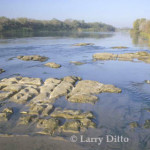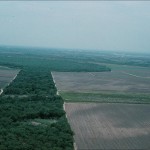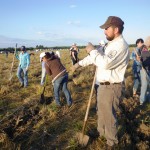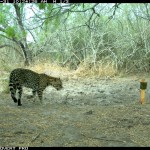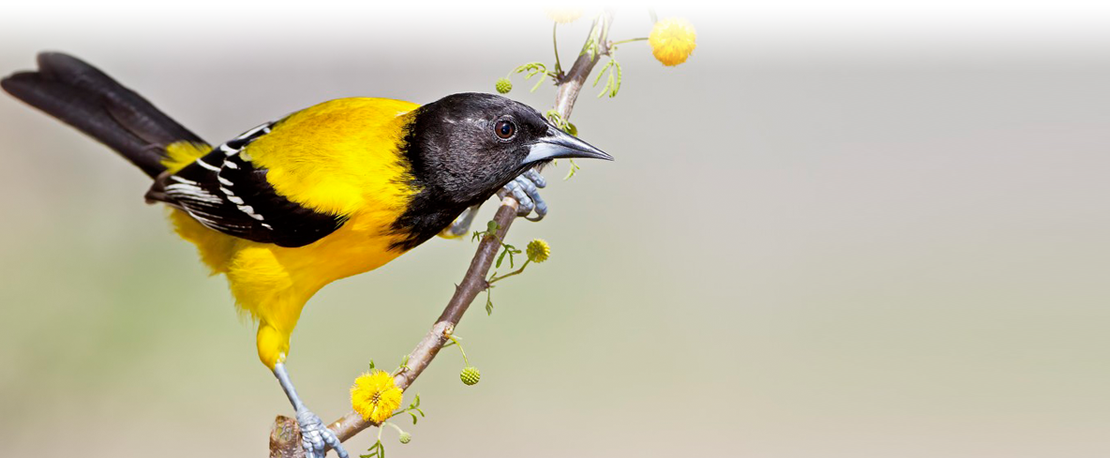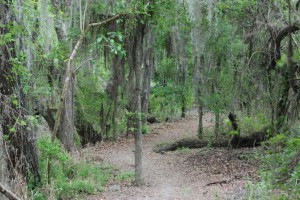 Friends of the Wildlife Corridor consists of citizens of the Lower Rio Grande Valley who recognize the environmental importance of the Valley’s native habitat and are concerned about the dwindling geographical area with native habitat and the increasing development pressure on native habitat.
Friends of the Wildlife Corridor consists of citizens of the Lower Rio Grande Valley who recognize the environmental importance of the Valley’s native habitat and are concerned about the dwindling geographical area with native habitat and the increasing development pressure on native habitat.
We channel our concern into support for the Santa Ana National Wildlife Refuge and the Lower Rio Grande Valley National Wildlife Refuge, which are committed to protection of native and migratory wildlife species that depend on the native habitat.
The Friends of the Wildlife Corridor supports the land acquisition goals, projects, activities, and outreach plans of the Santa Ana and Lower Rio Grande Valley National Wildlife Refuges.
We work closely with USFWS staff responsible for the Refuges to share expertise about the communities we represent and to understand and support the current priorities and planned projects of the Refuges. Our focus includes:
- Advocating for the refuges on issues that affect habitat and wildlife conservation in South Texas on a local and national level.
- Providing financial support and volunteer effort for USFWS work to reforest tracts of acquired refuge crop land with native habitat–for example, for programs like the Reforestation and Restoration program and Rio Reforestation.
- Providing financial support and volunteer effort for USFWS work to reach out to potential stewards of public lands on the benefits of and threats to the refuges and the habitat and wildlife they protect, and of efforts to protect the refuges – for example, for programs like the LRGV Learning Landscape program and the Urban Refuge program.
- Conducting outreach for the Refuges via our web site, social media, publications, special events like the annual Friends’ Native Plant Sale, and other approaches.
- Operating a nature store (profit from sales of educational, interpretive, and promotional materials in the stores funds Refuge projects, construction of trails and boardwalks, and purchase of outreach and educational materials).
- Purchasing available tracts of land of interest to the refuges and temporarily holding the tracts until the refuges can purchase them. Tracts are typically small and connect existing refuge lands, contributing to wildlife migration corridors.
Read about the projects we support and the events and activities we support or host.


